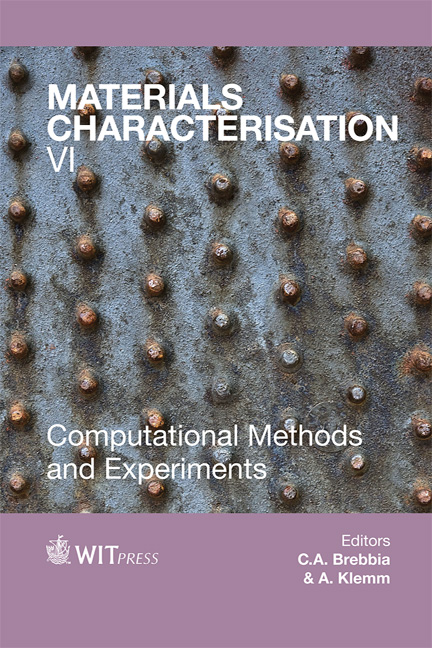After 150 Years Of Research, Fatigue Still Causes 85% Of Failures
Price
Free (open access)
Transaction
Volume
77
Pages
10
Page Range
137 - 146
Published
2013
Size
1,431 kb
Paper DOI
10.2495/MC130121
Copyright
WIT Press
Author(s)
J. Volak & V. Mentl
Abstract
The fatigue phenomenon is said to be responsible for more than 80% of structural failures and operational accidents. One of the most important branches of industry, where unexpected outages can cause extremely expensive costs is the power producing industry. The steam turbine rotors represent large, expensive and, in the case of failure, potentially dangerous components. Their local properties generally differ from one forging to another, or if we compare head and bottom parts of the original ingot, or central and circumferential locations of one rotor body respectively, or if we compare the properties of separate discs, e.g. in the case of welded rotors. These differences stem from both even slight changes in the chemical composition (of separate heats or even within one ingot), heat treatment and in the differences in technology with respect to the real shape and size of the forgings in question. At present, questions on quantitative evaluation of remaining lifetime (to avoid failure) become urgent and, because fatigue is the most frequent cause of material degradation and resulting structural components failures, the remaining lifetime assessment is based on the evaluation of mechanical properties before and after some time of service. The original material data are usually tested by means of classic test specimens, which can hardly be used in the case of components in service, where there is no possibility to withdraw a sufficient volume of representative material for the manufacturing of a classic test specimen. In such cases today, methods of semi-destructive removal of a small volume of test material are utilized. This makes it possible to produce miniature test specimens. This paper describes the results of fatigue tests performed on miniature test specimens in comparison with the classic fatigue tests for several alloys applied
Keywords
fatigue, failure risk assessment, remaining lifetime evaluation





